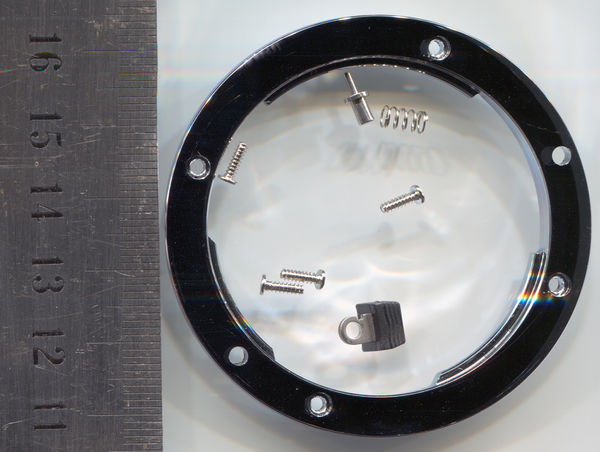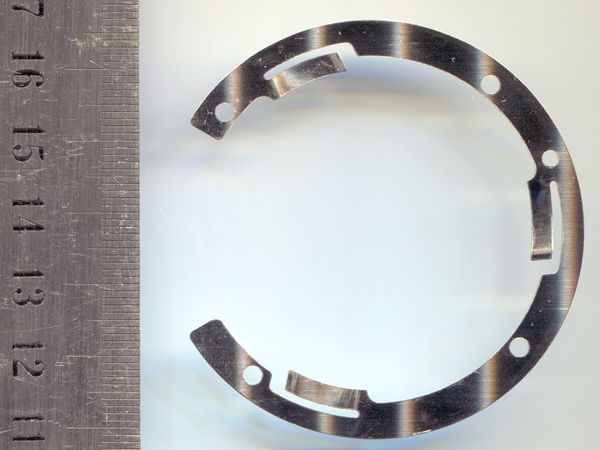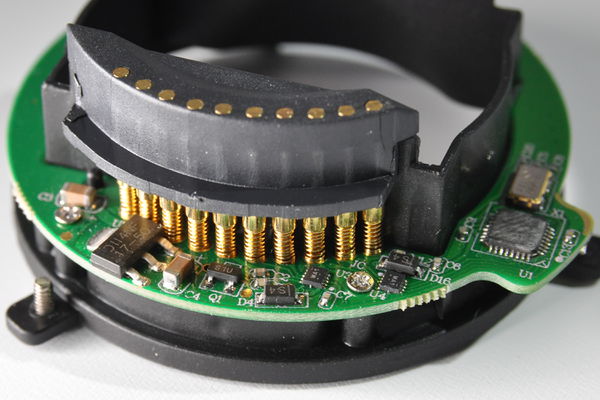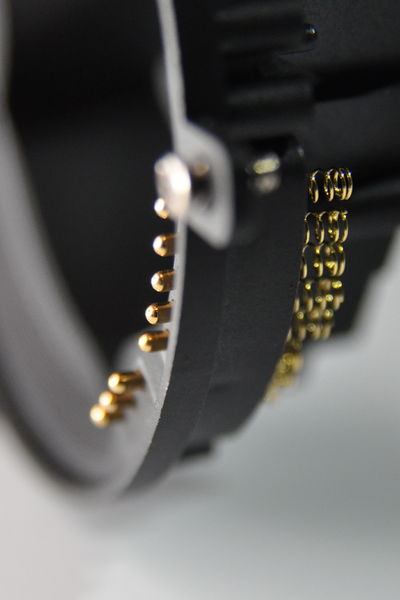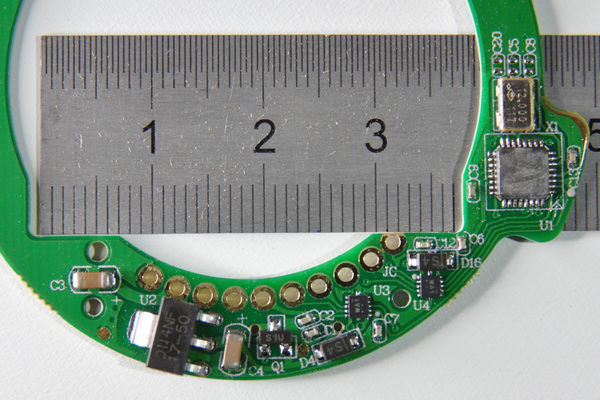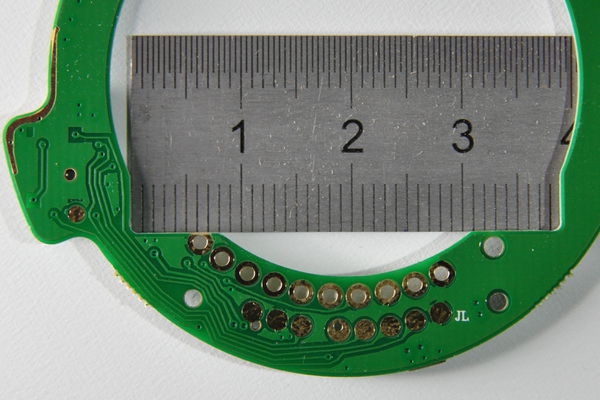Difference between revisions of "Lens Mounts"
| Line 3: | Line 3: | ||
http://en.wikipedia.org/wiki/Lens_mount | http://en.wikipedia.org/wiki/Lens_mount | ||
== | == E Mount== | ||
Seems to be a good choice because there are adapters available for almost every camera type for | Seems to be a good choice because there are adapters available for almost every camera/lens type for reasonable cost. Even active mounts for Canon EF, etc. | ||
[http://www.dpreview.com/reviews/sony-alpha-a7r/images/a7r-front-nolens.jpg Image of the E-Mount on dpreview.com] | [http://www.dpreview.com/reviews/sony-alpha-a7r/images/a7r-front-nolens.jpg Image of the E-Mount on dpreview.com] | ||
| Line 11: | Line 11: | ||
http://en.wikipedia.org/wiki/Sony_E-mount | http://en.wikipedia.org/wiki/Sony_E-mount | ||
Specs: | |||
* Outer diameter 46.1mm | * Outer diameter 46.1mm | ||
* Flange focal distance is very short: 18mm | |||
* Frame size APS-C, 35mm | * Frame size APS-C, 35mm | ||
Cons | Pros: | ||
* Short flange focal distance allows mechanical adapters to cover pretty much any lens mount out there | |||
* widely adopted | |||
Cons: | |||
* not an open standard | * not an open standard | ||
* licensing necessary for lens communication protocol | * licensing necessary for lens communication protocol -> reverse engineering required | ||
* | * using stack adapters reduces the accuracy and ruggedness of the whole system | ||
[http://www.sony.net/SonyInfo/News/Press/201102/11-018E/index.html Sony opens E-mount specifications.] Seems we are on the safe side with using an E-mount adapter... | [http://www.sony.net/SonyInfo/News/Press/201102/11-018E/index.html Sony opens E-mount specifications.] Seems we are on the safe side with using an E-mount adapter... | ||
| Line 53: | Line 57: | ||
We can replace this board with our own adapter board to connect to the cameras I/O's | We can replace this board with our own adapter board to connect to the cameras I/O's | ||
===Passive EF Mount=== | |||
===Active Canon EF Mount=== | |||
===Passive Nikon F-Mount=== | |||
Measured Bayonet Thickness: 1.3mm | |||
===Passive Micro Four Thirds Mount=== | |||
==Open standard Mount== | ==Open standard Mount== | ||
Revision as of 18:15, 27 April 2016
1 Overview of Lensmounts
http://en.wikipedia.org/wiki/Lens_mount
1.1 E Mount
Seems to be a good choice because there are adapters available for almost every camera/lens type for reasonable cost. Even active mounts for Canon EF, etc.
Image of the E-Mount on dpreview.com
http://en.wikipedia.org/wiki/Sony_E-mount
Specs:
- Outer diameter 46.1mm
- Flange focal distance is very short: 18mm
- Frame size APS-C, 35mm
Pros:
- Short flange focal distance allows mechanical adapters to cover pretty much any lens mount out there
- widely adopted
Cons:
- not an open standard
- licensing necessary for lens communication protocol -> reverse engineering required
- using stack adapters reduces the accuracy and ruggedness of the whole system
Sony opens E-mount specifications. Seems we are on the safe side with using an E-mount adapter...
1.1.1 E-Mount Bayonet Scans
Full 4800 DPI scans available for download at: http://files.apertus.org/AXIOM-Beta/e-mount-scans.zip
1.1.2 E-Mount to EOS Adapter *Inside*
Inside of our E-mount to EOS adapter sample
µC Board to translate from Sony E to Canon EOS
EOS contacts with springs on the PCB side
JL ... position of the EOS mount contact springs
We can replace this board with our own adapter board to connect to the cameras I/O's
1.1.3 Passive EF Mount
1.1.4 Active Canon EF Mount
1.1.5 Passive Nikon F-Mount
Measured Bayonet Thickness: 1.3mm
1.1.6 Passive Micro Four Thirds Mount
1.2 Open standard Mount
P+S Technik offers with their IMS mount an open standard. For AXIOM Beta the adapters are too expensive, but for sure an option for AXIOM Gamma.
Is there a affordable really open standard mount out there?
please add it here...
1.3 Talk with a Canon Lens
Research links for the Canon EF-S Protocol
